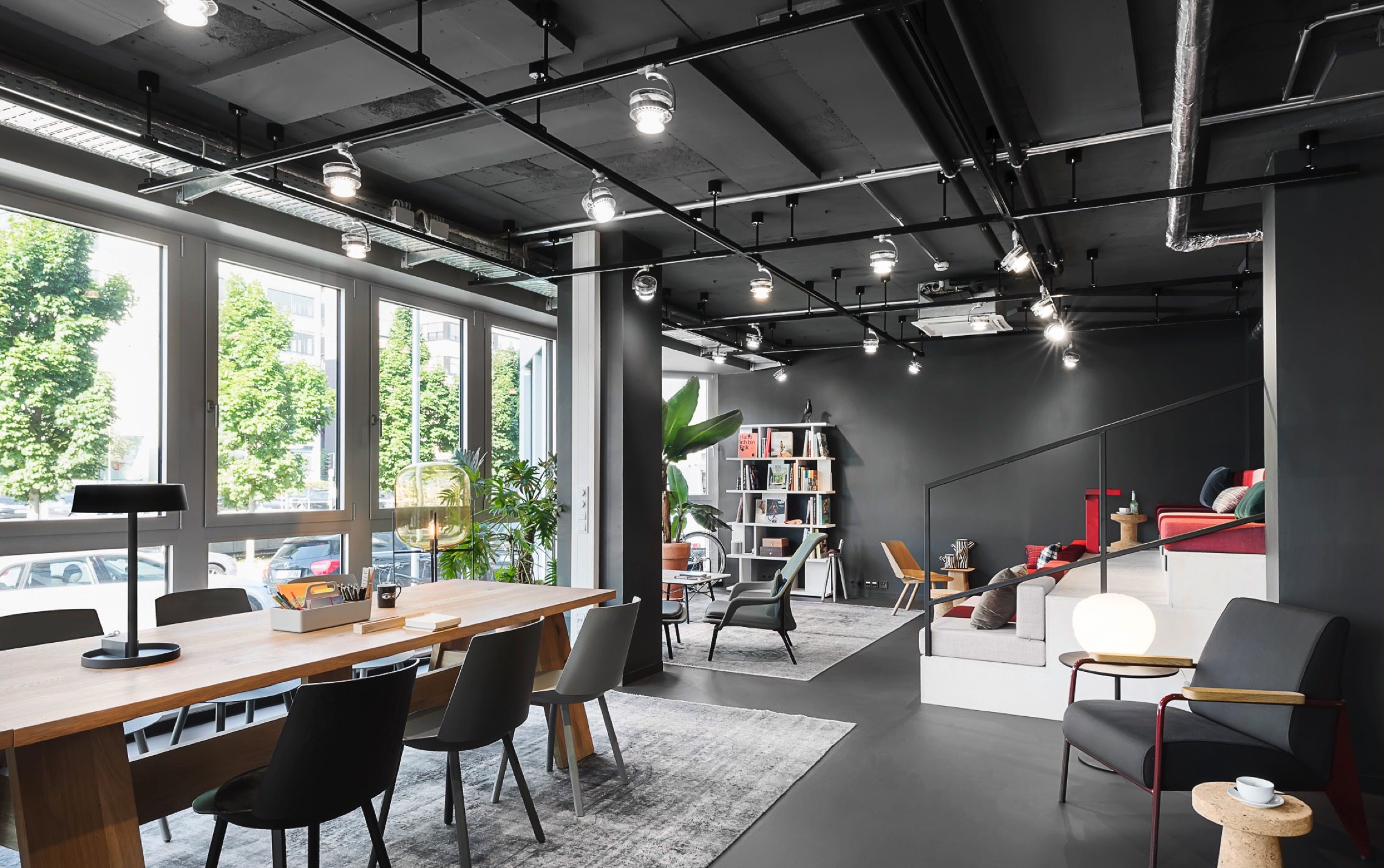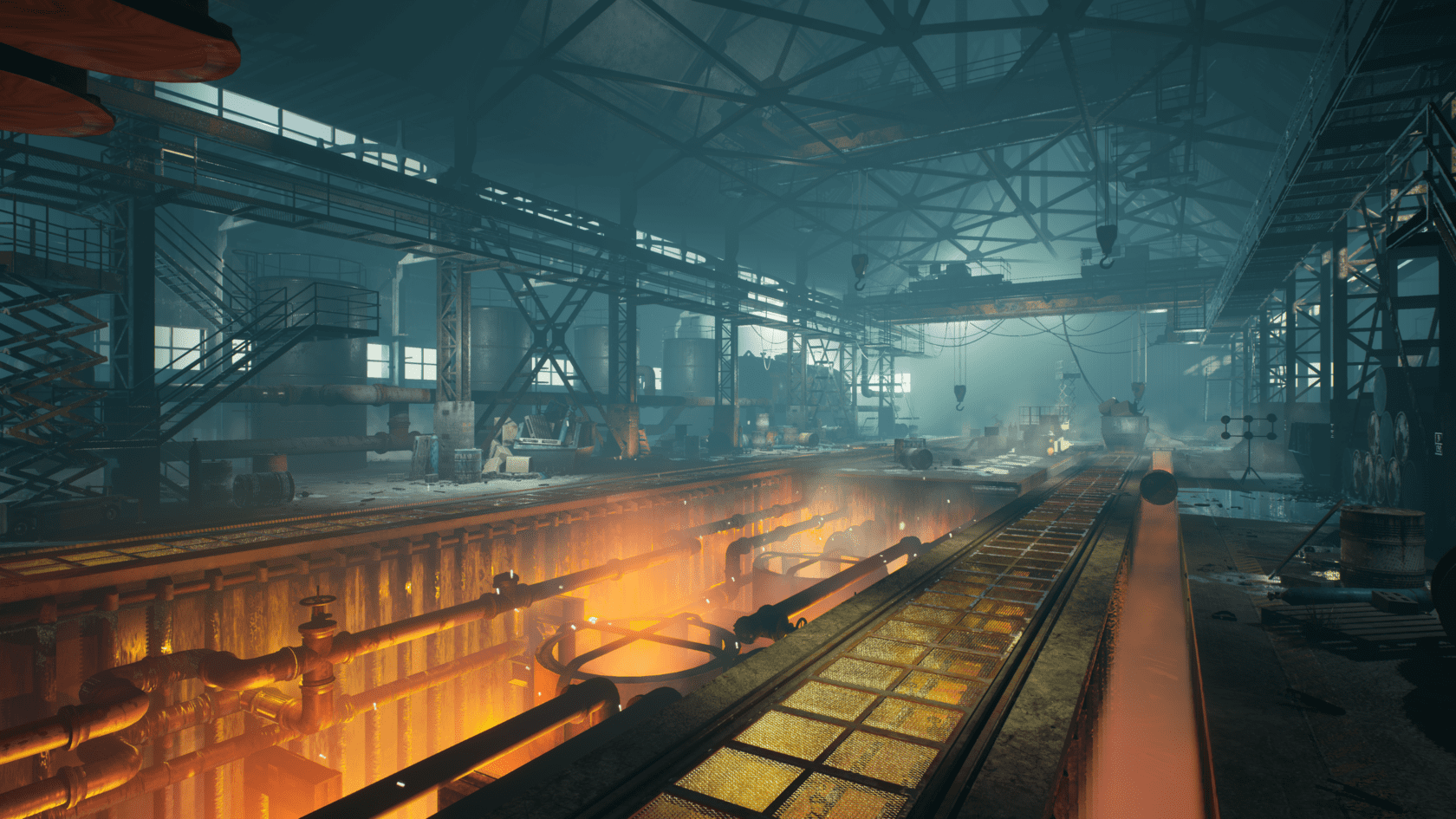Table Of Content

It’s a process of creating immersive virtual environments that the player can explore and interact with. This can include anything from natural landscapes and urban cityscapes to sci-fi spaceships and fantastical realms. Essentially, it’s the art of building virtual worlds that look and feel real enough to transport players to another world entirely. The main task of a 3D environment artist is to create immersive and believable virtual environments that enhance the player’s experience. They work closely with other game development team members, including level designers and art directors, to bring the game world to life.
The original carbon capture technology
Autodesk Maya is one of the most popular 3D modeling and animation software used in the industry. It is known for its versatility and is widely used for creating complex 3D models, character animations, and detailed environments. Maya’s advanced toolset includes features like modeling, texturing, lighting, rigging, and animation, making it a go-to choice for many 3D environment artists. Once the concept art is complete, the 3D environment artist moves on to the modeling phase. This stage involves creating the 3D assets that will make up the environment. The artist must use specialized software to create models of trees, rocks, buildings, and other objects that will populate the environment.
Eco-Web Design: The Key to a Greener Digital World - CMSWire
Eco-Web Design: The Key to a Greener Digital World.
Posted: Tue, 20 Feb 2024 08:00:00 GMT [source]
What Makes a Product Sustainable?
See the chart below for the most common degree level workers in environmental design have received. Students will analyze and problem-solve ideas of change in the community while also recognizing social fairness and sustainable environments. They will use knowledge of both social and behavioral science when planning and designing their projects. For those impervious to moral imperatives, made all the more resistible by the smug sanctimoniousness of the converted, surely there is enough intellectual and aesthetic challenge within environmentalism to merit a few toes in the water.
Climate-smart Indigenous design
Allows for content and ad personalization across Google services based on user behavior. Design for a Better World with Don Norman is taught by cognitive psychologist and computer scientist Don Norman. Widely regarded as the father (and even the grandfather) of user experience, he is the former VP of the Advanced Technology Group at Apple and co-founder of the Nielsen Norman Group.
What software is commonly used to create 3D environments?

Within the historic walls of Teatro Gerolamo, design studio Formafantasma challenged us to look beyond mere aesthetics in design by turning the gaze to ethical modes of production. Meanwhile the color palette of restrained greys and dark green was chosen for it requires less resin than lighter and brighter shades. Certain ancient practices could mitigate the deleterious effects of global warming. From building seaside gardens to water management in desert terrain, these time-honored practices work with the natural world’s rhythms. Some might even hold the key to a more resilient future and a means of building security for both Indigenous communities and other groups disproportionately impacted by climate change.
Social Media

In both the traditional vernacular and the contemporary approach, the strategy is climatic, taking advantage of the Pacific Trade Winds. The cases are made of iroko wood, with laminated wood elements up to twenty-eight meters high supporting horizontal curved slats that allow free air circulation between themselves and the louvered inner skin. The louvers are computer-operated, designed to open automatically to their full extent when there is a gentle breeze and to start closing when wind speed increases. If the wind shifts direction, ventilation is through the much lower front of the building, evacuating through the top of the double skin. The design was developed through wind tunnel testing and computer simulations carried out by Ove Arup and Partners and the Centre Scientifique et Technique de Batiment.
Computer Science > Artificial Intelligence
Spring is part of a wave of such structures springing up around the United States. In Milwaukee, you can find a new 25-story mass timber residential tower, and a forestry college in Oregon now inhabits a pair of graceful mass timber buildings. The Rose Apartments were designed as supportive housing and, therefore, the individual units, most of which are studios, are small — about 360 square feet. But in drawing inspiration from L.A.’s old courts, Brooks + Scarpa offer an attractive model for what density and climate-conscious design might look like in Los Angeles. The future doesn’t have to be dour, block-long podium apartments; it can be sunlight and fresh air.
How Designers Can Help Companies Design for the Circular Economy
Each of the seven freestanding law courts has a glulam (laminated wood) superstructure on a concrete base, clad with cedar strips on the exterior and plywood on the interior. Wood is a good material environmentally, not only because it resists conducting heat and cold, but also because it adds no carbon to the atmosphere (except in its transportation and cutting). This makes Rogers’ specification of aluminum in the Bordeaux courts’ office block and copper for the roof inconsistent—but it takes time for internal contradictions within a practice to become intolerable.
What opportunities does artificial intelligence offer in education?
They are completely separated and disconnected from the conventional electricity grid and receive their power supply by harnessing active or passive energy systems. Off-grid homes are also not served by other publicly or privately managed utilities, such as water and gas in addition to electricity. According to this ranking the recommended changes are carried out and reviewed after a certain time. Tracks ad performance and user engagement, helping deliver ads that are most useful to you. The founder of User Experience, Don Norman, has coined the term “Humanity-Centered Design” to give a name to this movement and inspire designers to design a better world for all of us.
3D environment art is guided by fundamental principles and concepts that are crucial for creating immersive and captivating virtual worlds. These principles include composition, lighting, color theory, perspective, and scale. Composition dictates how elements within the environment are arranged to create visual interest and guide the viewer’s eye. Lighting plays a key role in setting the mood, atmosphere, and believability of the environment, while color theory influences the emotional response and cohesion of the scene. Perspective and scale are essential for creating depth and realism, ensuring that objects within the environment interact convincingly with one another and with the viewer’s perspective.
Throughout the process, collaboration between artists, designers, and technical experts is essential to realize the artistic vision and technical implementation. With attention to detail and a combination of artistic creativity and technical expertise, captivating and believable 3D environments are brought to fruition. Early roots of modern environmental design began in the late 19th century with writer/designer William Morris, who rejected the use of industrialized materials and processes in wallpaper, fabrics and books his studio produced.
You can make it as simple as labeling and lettering each room; meanwhile, some places go as far as to put guiding colored lines on the floor to help people navigate with ease. Branded environments are physical places where customers and employees interact daily. Through EGD, the physical space comes to life as it tells a certain story about the brand, the place, and anything of relevance.
For an example of a large-scale sustainable design problem, read about the circular economy. Even something as simple as a “dark mode” for the UI of an app can reduce the amount of strain on the battery of a smartphone or tablet, thus reducing energy consumption. If everyone who uses the app uses dark mode, it can have a significant impact.
Other areas of employment open to the architecture graduate include construction, government service, industry, and education. Biophilic design is a concept used within the building industry to increase occupant connectivity to the natural environment through the use of direct nature, indirect nature, and space and place conditions. Because the Grove is already a well-loved setting with plenty of natural features, it was only fitting to make use of that scenery with environmental design. The pop-up was placed strategically near one of the Grove's most striking trees and in front of several other blossoming trees. Inside the store were several potted flowers and plants arranged near the latest fragrances, showing customers the natural sources for their favorite perfumes.
EcoMaterials, such as the use of local raw materials, are less costly and reduce the environmental costs of shipping, fuel consumption, and CO₂ emissions generated from transportation. Certified green building materials, such as wood from sustainably managed forest plantations, with accreditations from companies such as the Forest Stewardship Council (FSC), or the Pan-European Forest Certification Council (PEFCC), can be used. With respect to these concepts, online platforms dealing in only Ecodesign products are emerging, with the additional sustainable purpose of eliminating all unnecessary distribution steps between the designer and the final customer.
The asset packages are then delivered to the compositing team for rendering. If anything goes wrong during post-prod, the environment artist stays around to rework models as needed. Whether it’s weather effects (rain, snow, fog, sun rays, etc.), particles (fire, smoke, dust), or other physics elements like wind or flowing water, there is no such thing as a static environment in real life. Concept artists are responsible for creating initial designs for the environments. They work closely with the art director and artists to establish the artistic direction, mood, and overall look of the environments before they are modeled in 3D.

No comments:
Post a Comment